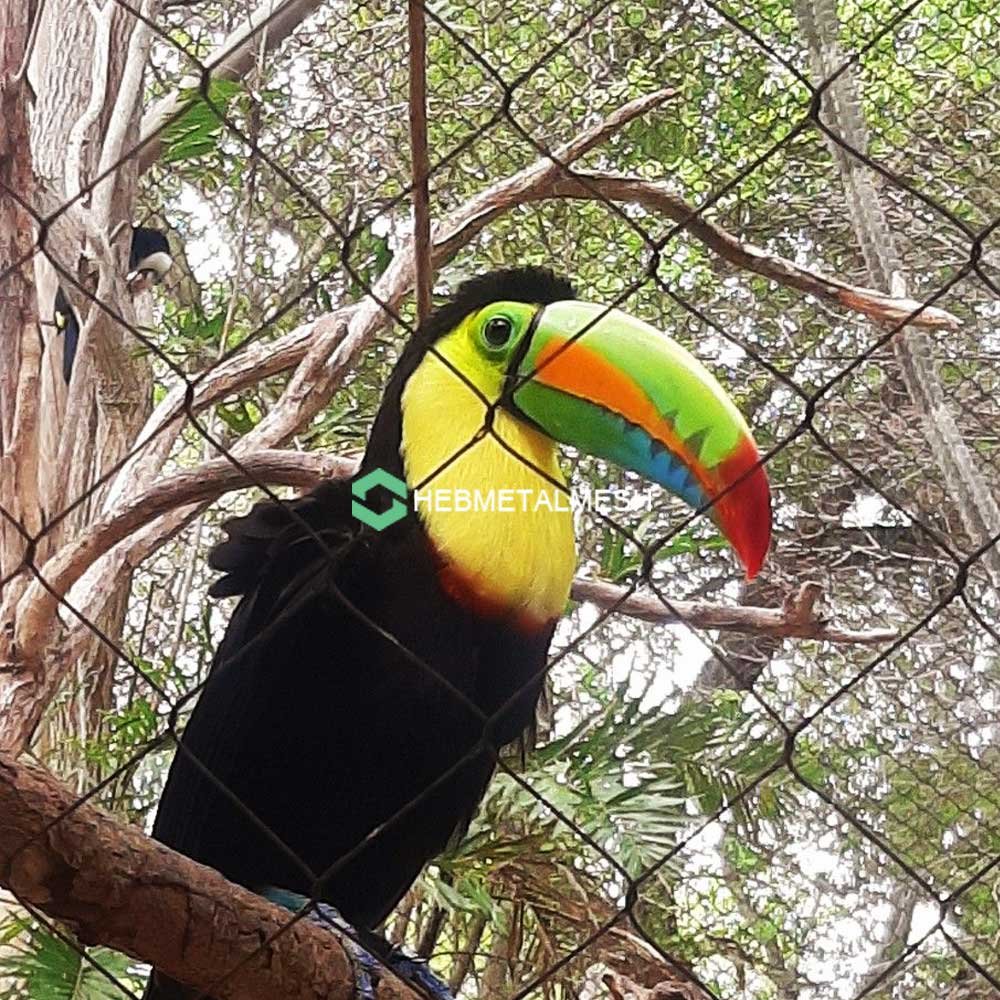Zoo netting plays a pivotal role in the safety and well-being of both animals and visitors.
It serves as a barrier, preventing animals from escaping and deterring unauthorized human entry.

The choice of netting material, its design, and regular maintenance are all crucial factors.
This article delves into the importance of proper zoo netting, highlighting considerations for its selection, installation, and upkeep.
Essential Functions of Zoo Netting
Zoo mesh is primarily used for containment.
It ensures that animals stay within their designated habitats, preventing potential escape attempts.
Simultaneously, it acts as a deterrent against unauthorized human entry into animal enclosures, ensuring visitor safety.
Moreover, zoo netting can protect animals from external threats such as predators or invasive species.
Material Considerations for Durability and Safety
The choice of material for zoo animal fencing is crucial.
Stainless steel netting is often preferred for its strength and resistance to corrosion.
However, the netting must also be flexible enough to withstand the impact of zoo enclosures without causing harm.
UV-resistant materials can extend the lifespan of the enclosure and reduce long-term costs.
Design and Installation: Adapting to Animal Behaviors
The design of zoo netting should consider the natural behaviors and climbing abilities of different animals.
The mesh size of the netting must be appropriate for the species it is intended to contain.
The installation of zoo netting should comply with regional wildlife protection regulations and standards.
Custom netting solutions may be required for unique or particularly challenging enclosure designs.
Maintenance and Regular Inspection
Regular maintenance of zoo netting is necessary to address wear and tear.
This prevents potential failures that could endanger animals and visitors.
Netting must be flexible enough to withstand the impact of animals without causing harm.
The choice of netting should take into account the potential for animal chewing or manipulation.
Ethical and Aesthetic Aspects of Netting in Zoos
The ethical implications of animal confinement highlight the need for high-quality and humane enclosure designs.
Proper netting contributes to the overall health and well-being of zoo animals by reducing stress and injury risks.
The integration of zoo netting into the landscape design can enhance the aesthetic appeal of the enclosure.
Transparent netting materials can provide unobstructed views for visitors while ensuring safety.
Innovations and Case Studies in Zoo Netting
Innovative netting solutions can contribute to the creation of more naturalistic and enriching environments for animals.
Case studies of successful zoo netting implementations have shown positive outcomes for animal management.
The role of zoo netting in facilitating species conservation efforts and breeding programs is significant.
Netting can also be integrated with other animal fencing elements such as rocks, plants, and water features to mimic natural habitats.
Conclusion: The Future of Zoo Netting
The future of zoo mesh netting lies in ongoing research and development.
This will improve animal welfare and enhance visitor experience.
The balance between safety, visibility, and the creation of a habitat that closely mimics the animal’s natural environment is crucial.
The importance of proper zoo netting cannot be overstated. It is a key element in the successful operation of any zoo.


